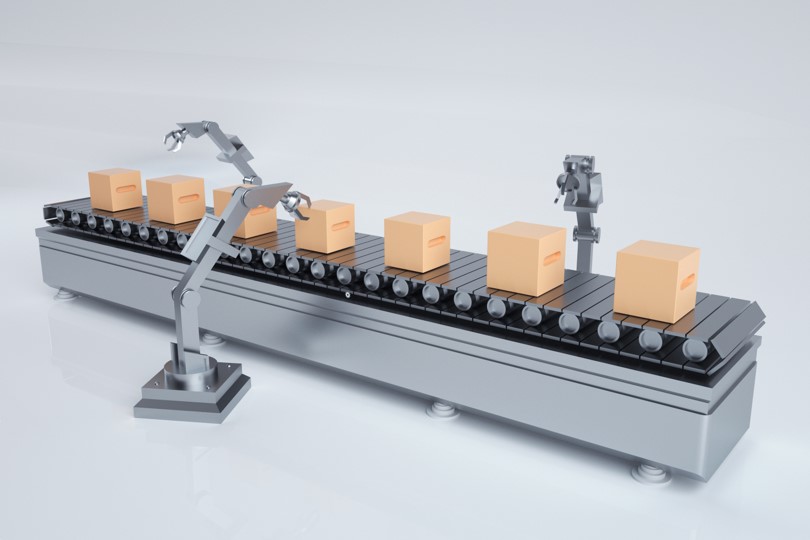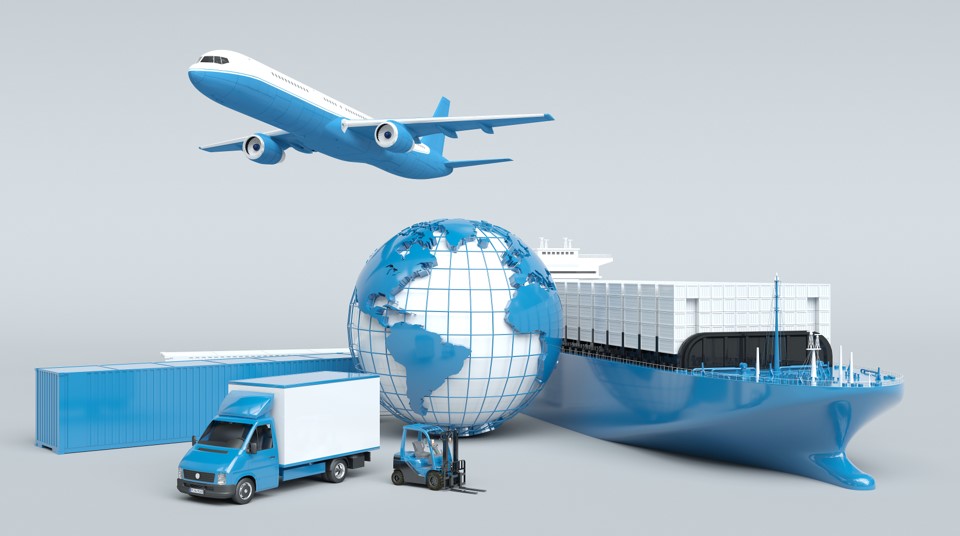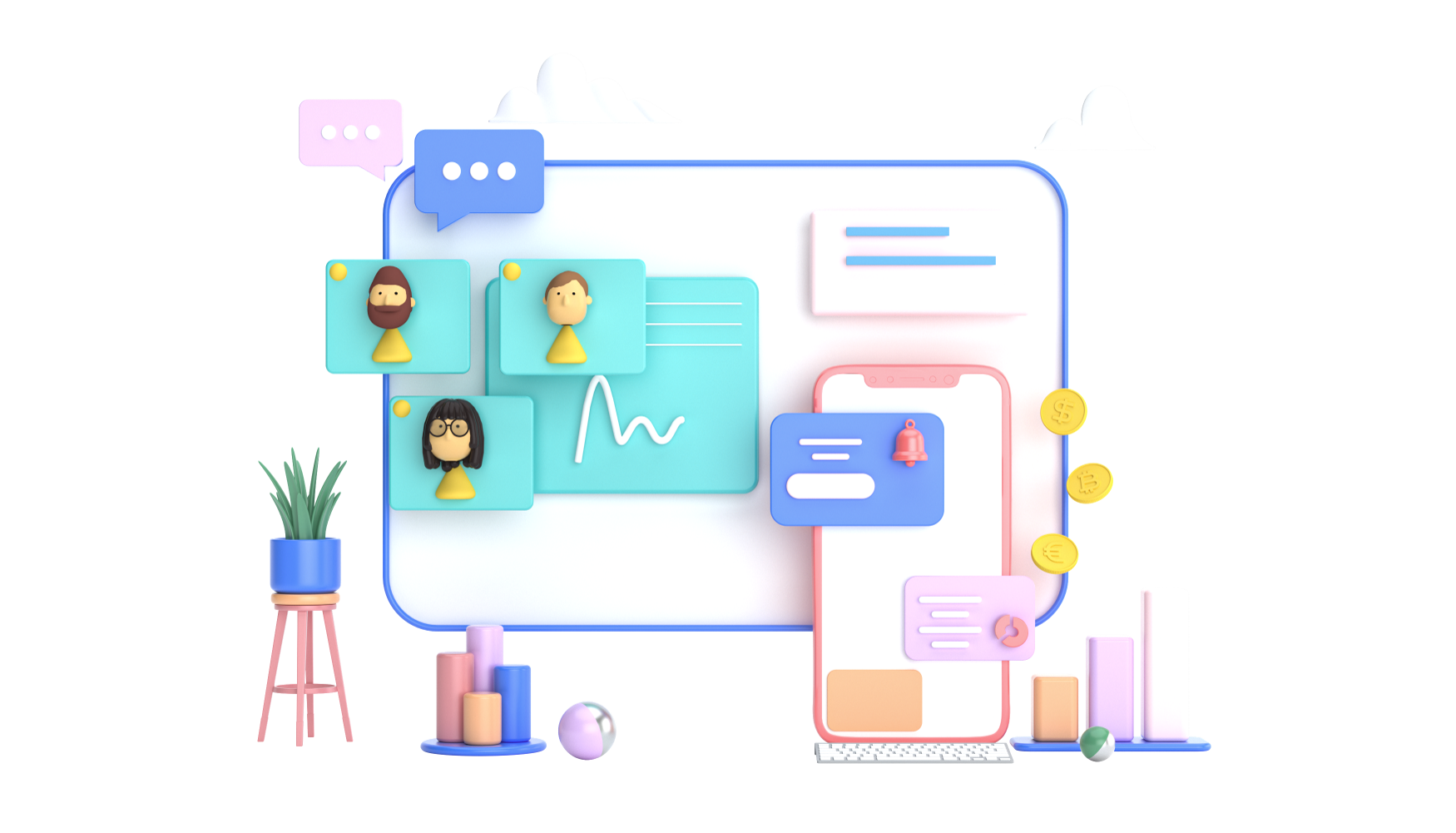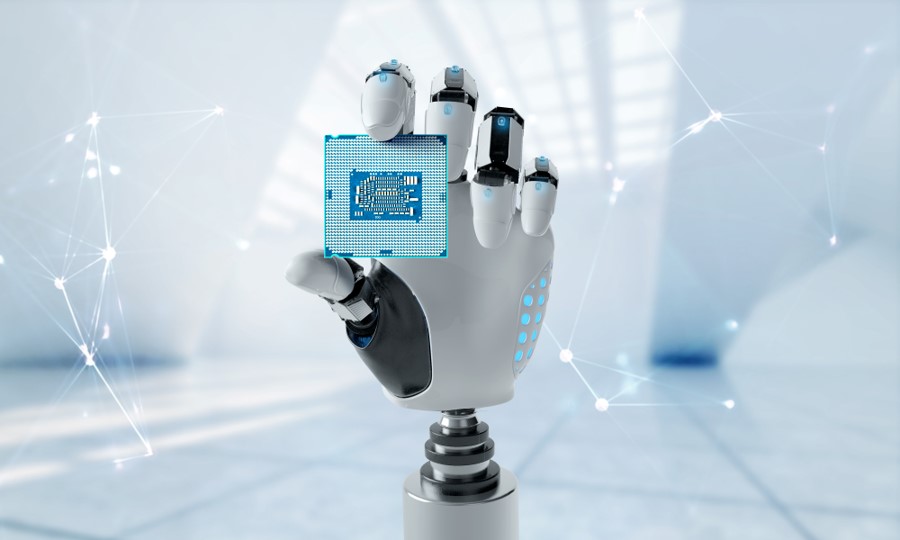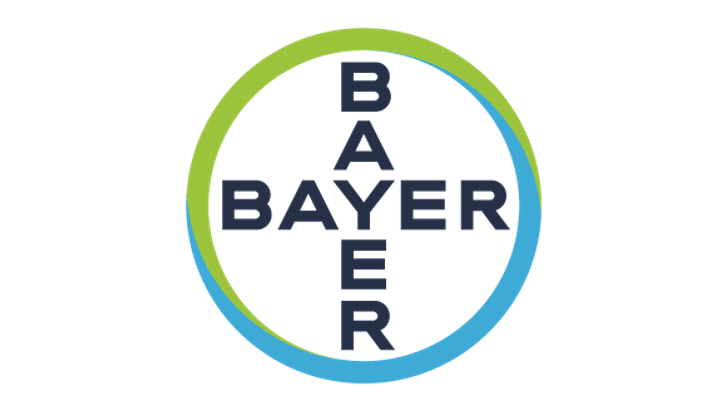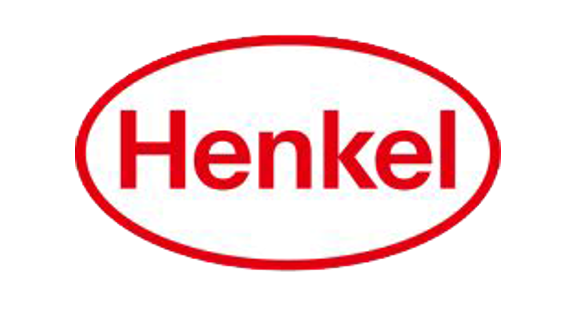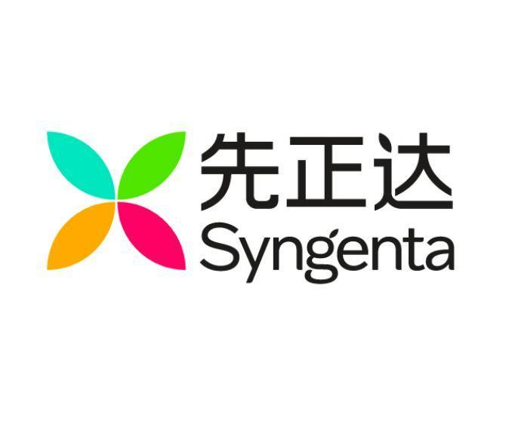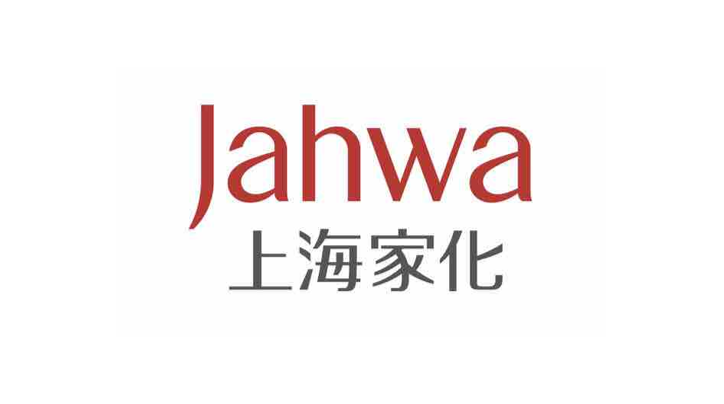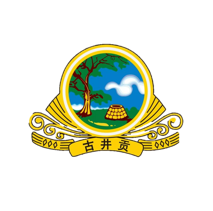Industrial visual inspection product quality
company profile
This client is a well-known global pharmaceutical and health company headquartered in London, UK. It focuses on the development of new drugs and vaccines, with a revenue of £ 29.324 billion in 2022, and products covering global markets.
➢ The challenges faced by automated production
During production, factories usually encounter the following product quality issues:
Size inconsistency: There may be slight differences in size, but if the difference is too large, it may result in unsuitable packaging or inability to seal.
Shape deformation: The product may be compressed or deformed during transportation or storage, resulting in poor appearance or inability to function properly.
Color mismatch: Printing colors may have deviations, resulting in product colors not matching expectations
Printing quality issues: Printing may have issues such as blurriness, missing prints, misalignment, or missing parts, which can affect the appearance and quality.
➢ Project requirements
By automatically detecting the appearance characteristics of products, such as the correctness and completeness of color and text content, as well as the printing quality of barcodes and spray codes, we ensure that the products meet the predetermined standards.

实际检测场景
➢ Installing hardware devices
Install high-resolution industrial cameras and light sources to capture product images. Install the camera at the corresponding position on the production line to inspect the product, with a detection speed of up to 200 pieces per minute on the high-speed production line.
➢ Acquisition
Use industrial cameras to capture product images, detect various aspects of the product, ensure the integrity, resolution, and clarity of the captured images, and transfer the images to a computer system for processing.
➢ Image processing
Use image processing algorithms to process the collected images, including denoising, image enhancement, and image correction, to improve the accuracy and reliability of subsequent processing, and extract information such as product color, text content, and barcode.
➢ Feature extraction
Match the extracted features with predefined standard features. The standard features include the design pattern, color, and product name of the product. Use feature matching algorithms, machine learning methods, etc. for matching.
Detect whether the product color is consistent with expectations through color analysis algorithms. If the color deviation exceeds the set threshold, the system will mark it as unqualified.
Using OCR (Optical Character Recognition) technology, convert the text in the image into recognizable text and compare it with the expected text content. If the text content is incorrect or incomplete, the system will mark it as unqualified.
Use barcode recognition algorithms and image processing techniques to detect the barcode and inkjet printing quality of products. The system will check the clarity, integrity, and accuracy of the barcode, as well as the position of the spray code.

Detection effect (schematic diagram)
✔ Automated inspection: By using industrial vision technology to automatically detect the appearance features of products, compared to traditional manual inspection, industrial vision can complete inspection tasks more quickly and accurately, improving production efficiency.
✔ Improving quality control: Accurately detecting product quality issues in production, timely identifying and correcting problems, improving quality levels, and reducing defect rates.
✔ Consistency and standardization: Ensure that each product package meets predetermined standards and specifications. Whether it is size, shape, color, or printing quality, industrial vision can perform consistency checks on each product to ensure consistency and quality in appearance.
✔ Real time feedback and recording: Provide real-time detection results and feedback, and mark non-conforming products. The staff on the production line can take timely corrective measures to avoid producing non-conforming products. Meanwhile, the detection results recorded by the system can be used for quality traceability and analysis.
✔ Cost saving: The use of industrial vision technology reduces the time and cost of manual inspection. Compared to manual inspection, industrial vision systems can process a large number of products in a short period of time, provide accurate detection results, and reduce labor costs.
Disclaimer: Some materials are taken from the internet, and if there is any infringement, they will be deleted.




